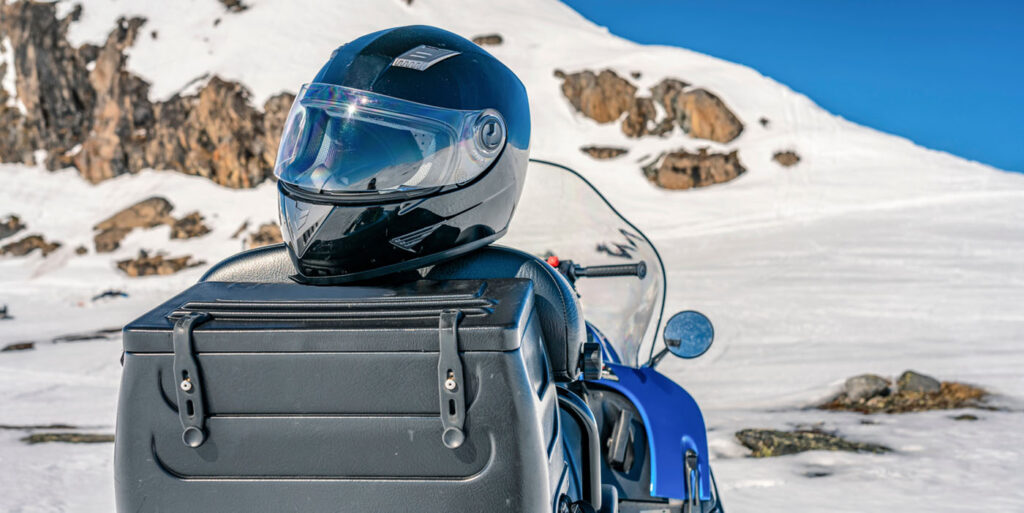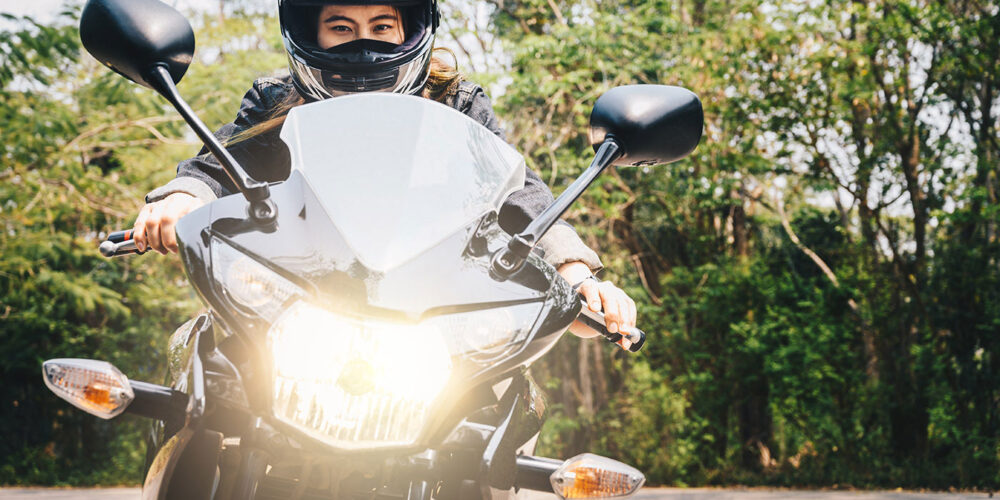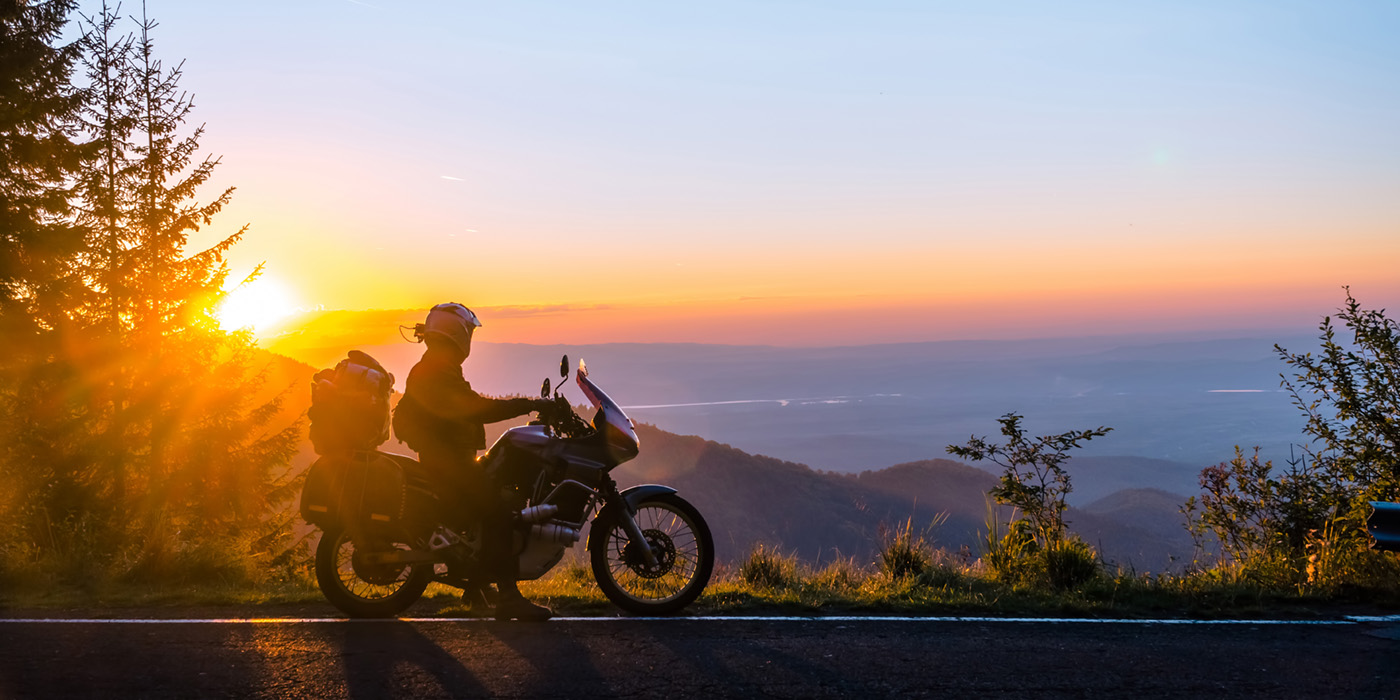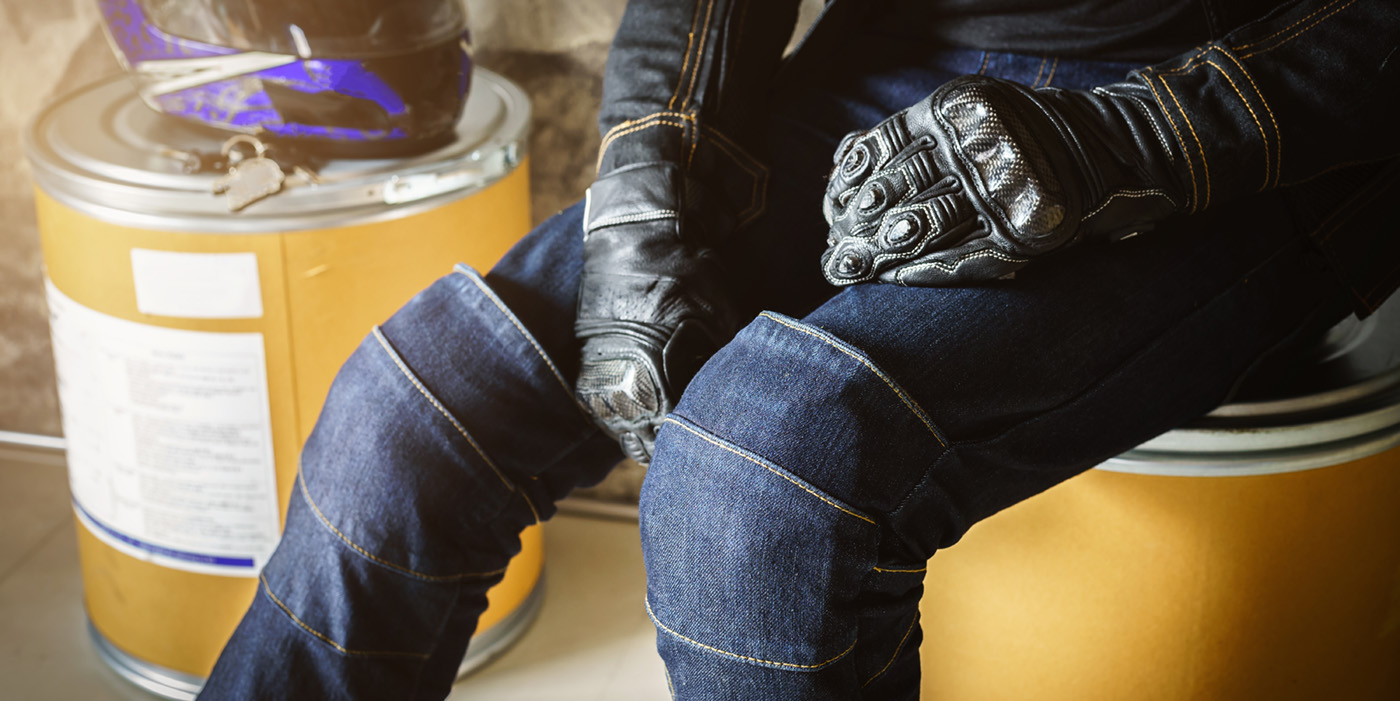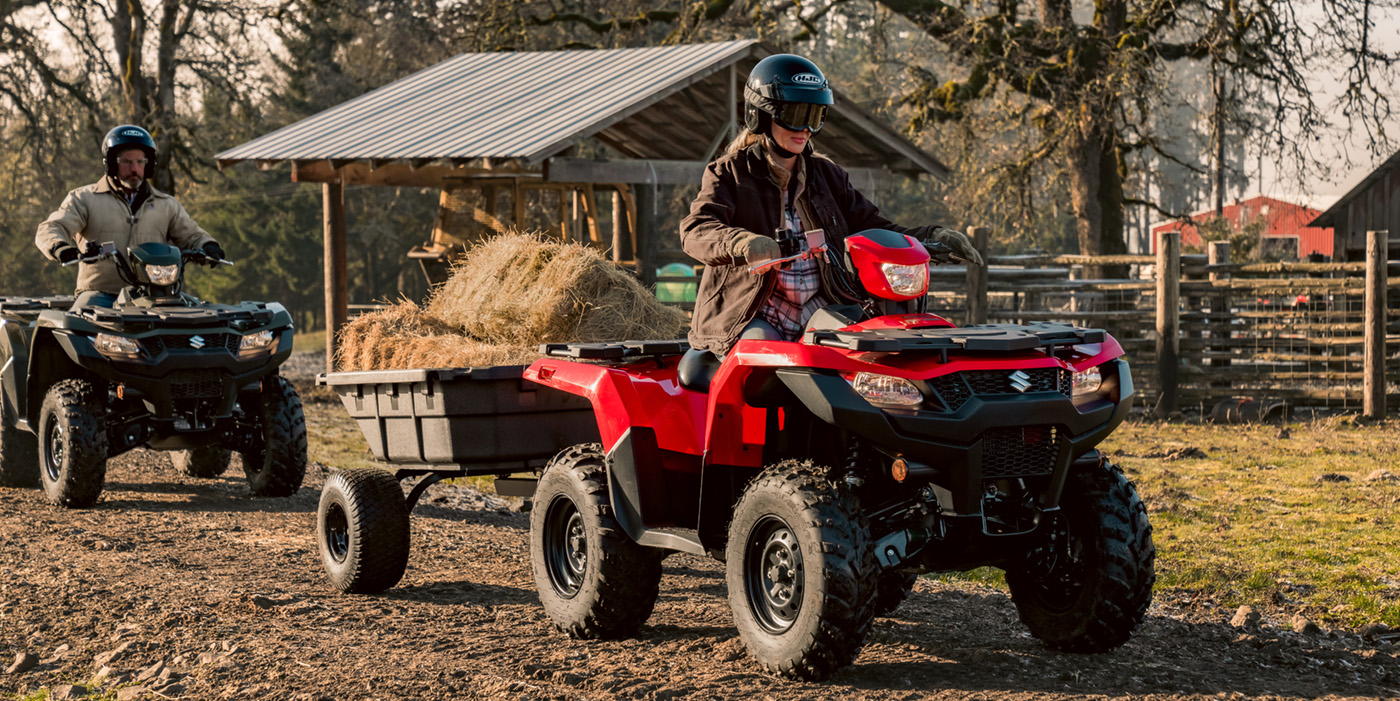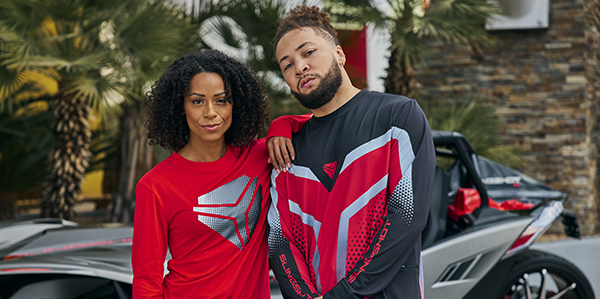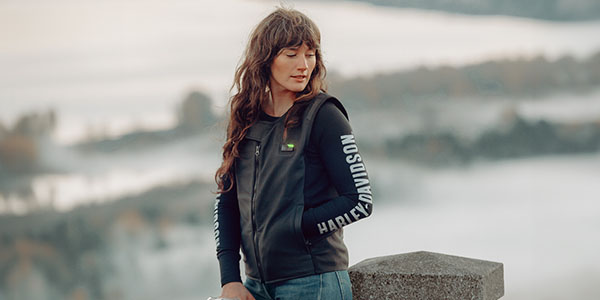Since time immemorial, when riding sleds across the snow, residents of polar regions have been protecting their faces from being chapped by arctic winds. Today, we’ve got powered sleds to whisk us through winter wonderlands, and we can trade in those classic fur hoods, scarves and balaclavas for helmets instead. While those in the furthest reaches of the north, such as Alaska or the Northwest Territories, still tend to ride at a slower pace — even on snowmobiles — and opt for yesteryear’s facial gear, down in the Lower 48 and southern Canada, most snow-goers will need to decide which types of snowmobiling helmets best suit their riding styles and comfort needs.
At first look, snowmobile helmets appear no different from other motorcycle and powersports helmets. There are street versions and motocross — or snowcross, rather — types. But the difference is that snowmobile helmets also need to keep a rider’s head warm and allow for maximum visibility in a climate where fogging up a helmet is a constant issue.
There are four different styles of snowmobile helmets available:
- Full-face: A full-face, street-style helmet boasts a smooth, round profile and provides the most coverage and protection from the elements. It comes with a complete shield and fixed chin guard.
- Modular: A modular helmet has the same profile as a full-face helmet but with a liftable chin bar. This feature is especially beneficial to tourers who make frequent stops for socializing and eating; this way, they don’t have to remove their helmets.
- Motocross/Snowcross: A motocross/snowcross helmet features a more angular look with added ventilation to prevent fogging and excess sweating. When combined with a pair of snow goggles, this helmet provides the rider with a wider field of vision that helps when making sharp turns and technical maneuvers. This helmet also tends to be lighter than its street-like counterparts — a plus for riders who are more performance-oriented.
- Dual-sport: Dual-sport helmets combine the best of both worlds: the complete coverage of a full-face helmet with its included face shield and visors (where applicable), which add extra warmth, and the aerodynamic looks and wider field of vision in a motocross/snowcross helmet.
What makes snowmobile helmets different from other motorcycle/powersports helmets is the critical need to keep warm and decrease fogging (an issue in every powersport but especially so here). The face shield or goggles generally take care of these issues. For instance, full-face, modular and dual-sport helmets can have dual or electric (heated) shields to keep the cold at bay. Dual shields comprise two layers that help diminish the heat transfer between the interior and exterior of the helmet to stave off condensation and fogging. However, an electric shield does this work even better; it heats the shield ever so slightly, allowing it to remain completely clear.
Similar technology is available for snowmobile goggles used with motocross/snowcross helmets. There are specialty heated goggles that, depending on the type, can either plug into the snowmobile or be powered by batteries. These goggles can even have internal fans to prevent fogging.
One thing that’s critical to note with goggles is that both their shape as well as the amount and type of foam used will make a huge difference in how they conform to a rider’s face — and thus how much cold seeps in. In this case, it usually pays to use the same brand of goggles as the helmet, since they are made to fit each other.
So, next time you have a customer looking to invest in a snowmobile helmet, make sure to understand that person’s riding preferences in order to recommend the one most suitable.

